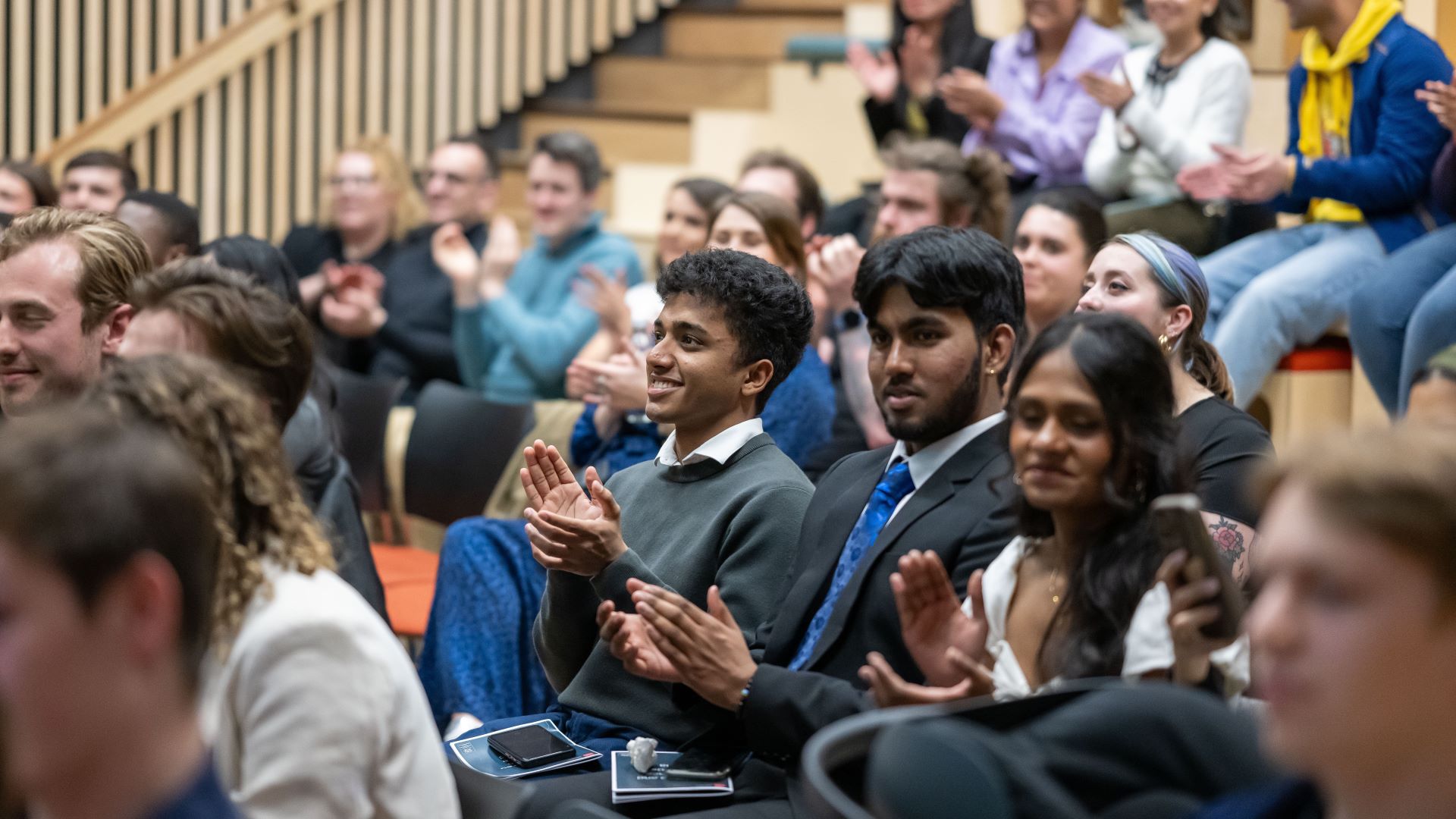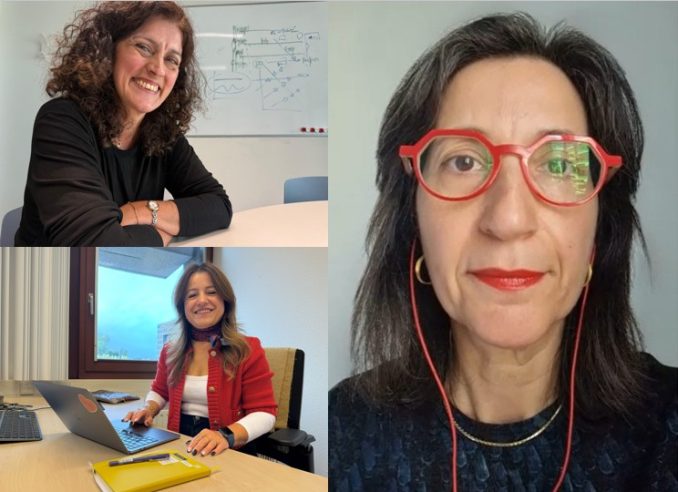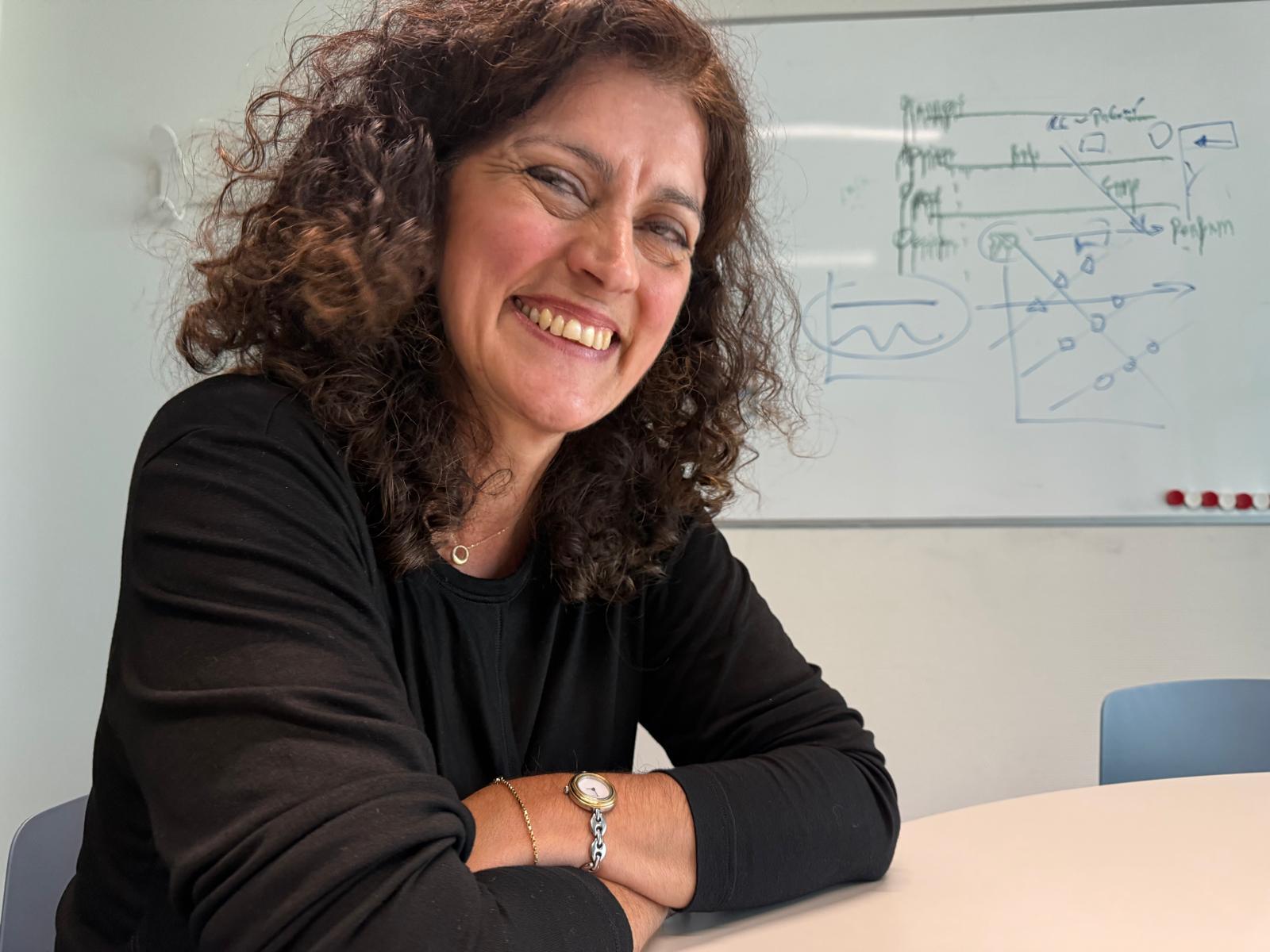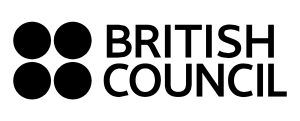
Reducing Gender Disparity in Higher Education
Attracting, recruiting, enrolling and retaining female talent in STEM
26 October 2025
Although women represent 50% of the population, they make up only 30% of the science, technology, engineering, and mathematics (STEM) workforce. Research indicates that by the age of 15, girls begin to lose confidence in STEM subjects [1, 2]. Therefore, women move into fields such as the humanities and social sciences, while men tend to study, research, and teach STEM topics [3]. To change this reality, it is necessary to break with stereotypes constructed since early childhood, and to implement educational models such as Hjalli that promote gender equality in nursery and primary school [4] , which will yield long-term results. In the meantime, it is necessary to find a mechanism to attract, recruit and retain female talent in STEM.
Aiming to reduce the gender gap in STEM, the Eindhoven University of Technology (TU/e) launched the Irène Curie Fellowship (ICF) Programme to attract, recruit, and enrol talented female academics and those who self-identify as women in STEM. This programme was designed as an equity approach that provides resources: an open-ended academic position and 100,000 Euros for research to a historically disadvantaged group [5]. Six years after this programme started, thanks to the Ignite programme at Cardiff University, funded by the Wellcome Trust, we had the opportunity to talk to a couple of fellows and the programme manager.
On the 24th September 2025, I had the opportunity to interview Dr Dury Bayram, Assistant Professor at the Eindhoven School of Education (ESoE) at TU/e and Fellow of the Irène Curie programme. In the interview, Dr Bayram told us about her work in physics and education, which are the subjects of her teaching in undergraduate and postgraduate degrees, as well as her research. Her interest in gender in STEM began in primary school, when she fell in love with mathematics and excelled in it, which led her to focus on mathematics and sciences during high school. The aspect that drew her attention to these subjects was their teachers, highlighting the importance of role models [2] to attract students to these subjects. Dr Bayram then pursued undergraduate studies in physics and noticed that females were a minority among her classmates. Later, she was invited to serve as a co-author of the report titled ‘Addressing the gender gap in STEM education across educational levels’ [6], which we invite you to read. Recently, Dr Bayram was awarded the Erasmus+ Teacher Academies grant, together with 11 colleagues, to continue working on reducing the gender gap in STEM —a project she oversees and coordinates. Currently, Dr Bayram also supervise a PhD student whose research project is aligned with this topic and has close contact with secondary schools. in Eindhoven, Netherlands.
The opportunity to continue teaching and researching physics and education has been funded by the Irène Curie programme, which she learned about through her professional network at TU/e [2], highlighting the importance of building a network to advance in a STEM career. According to Dr Bayram, in the Netherlands, women can choose to work part-time if necessary. The Dutch government provides a parental care bonus, which helps women advance in their careers and could explain why the Netherlands is ranked second-best for supporting women in STEM [7]. Fortunately, Dr Bayram did not have to overcome gender barriers in STEM, but she did face challenges related to her diverse background, including learning a new language, adapting to a new culture, and navigating a new education system. She is proud to state that in her home country, Turkey, there are more women in STEM, which is encouraged by the country’s economic situation, and working in STEM guarantees stable, well-paid jobs, which is a factor in attracting women to STEM.

Interview available at: https://www.youtube.com/watch?v=-gFUdc_ZPqc&t=903s
Additional information about Dr Bayram is available at: https://www.tue.nl/en/research/researchers/dury-bayram-jacobs
On the same day that I met Dr Bayram, I had the opportunity to meet virtually with Professor Esther Ventura-Medina, another Irène Curie (IC) Fellow, who was attending a Professional Commitment outside the Netherlands with a European Institution. Professor Ventura-Medina is also Professor of Innovation in STEM Education at the ESoE at TU/e. Her research interest in STEM subjects began with chemistry and mathematics, subjects she found not only enjoyable at school but also promising for a career. Professor Ventura-Medina is originally from Venezuela, but she has had the opportunity to work at various institutions across the world, and this experience has sparked her interest in topics such as social responsibility, educational capabilities, inclusive team environments, and learning difficulties.

Interview available at: https://youtu.be/OTN27fZgQvA
Additional information about Professor Ventura-Medina is available at: https://www.tue.nl/en/research/researchers/esther-ventura-medina
On the 25th September, I have the opportunity to meet Professor Evangelia Demerouti, Chief Diversity Officer (CDO) at TU/e and Professor at the department of Industrial Engineering and Innovation Sciences. As CDO at TU/e, she is responsible for ensuring equality, diversity, and inclusion (EDI) across the university. Professor Demerouti was the architect of the ICF programme, funded by the Dutch Ministry of Education to support technology, which enabled TU/e to open additional academic positions in this field. At this point, Professor Demerouti proposed in 2019 allocating preference to women to help reduce gender disparity in STEM, which became a fellowship. The philosophy behind this ICF programme is that the selected academics would be valued for their achievements and would receive additional resources to pursue their research. This preference to attract talented females in STEM was valid for 6 months after the each position was announced; thereafter, academics of any gender would apply under equal conditions of preference. This ICF programme was designed not only to attract, recruit and enrol talented women on STEM but also to retain them in these fields. However, the ICF programme was interrupted by a directive from the Netherlands Institute for Human Rights (CRM, by its Dutch acronym), which argued that the preference for women was disproportionate. On the 1st May 2021, the ICF programme resumed, with the goal of achieving 30% representation of women in those faculties and positions in chemistry, physics, and mathematics where a gender gap existed, as accepted by the CRM [3].

Interview available at: https://www.youtube.com/watch?v=7JxfyF-zL7E&t=555s
Additional information about Professor Demerouti at https://www.tue.nl/en/research/researchers/evangelia-demerouti
After six years of implementing this ICF programme, not only has the female ratio increased to 50-50 [8] at TU/e, but there has also been an improvement in recruitment processes, with clearer position descriptions and better promotion of vacancies. Currently, the ICF programme implementation has been changed to benefit Faculties such as chemistry, physics, electrical and mechanical engineering at TU/e that have gender gaps; therefore, women hired for academic positions on those faculties automatically become Irene Curie Fellows. Although fellow retention is around 90%, Professor Demerouti emphasises the need to consider not only diversity but also the inclusion of IC fellows in the organisation’s projects and activities, as professionals, scientists, and women. That is why exit interviews are currently conducted at TU/e to build on that feedback. Afterwards, it was discussed with Professor Demerouti why, although the Netherlands is the second country with women in STEMS, has the lowest number of female professors [9], which we could assume are rather employed in the industry, which according to Professor Demerouti, we can only hypothesise that could be the time and requirements needed to have a promotion within the academic career. Then, Professor Demerouti explain to us that IC fellows usually are hired in tenure track positions as Assistant Professors, with an option to become Associate Professors after eight years, they count with Mentors, they have access to a network that help them to succeed and the starting grant of 100,000 Euros and priority for employees (not only IC Fellows ) at the university to daycare services at the university nursery. The mentorship program includes guidance for mentors and consists of regular meetings to discuss achievements, challenges, and next steps. There are also training programmes open not only to IC fellows but, in general, to all TU/e employees on leadership and inclusiveness. Currently, Professor Demerouti supervises a PhD student testing the effectiveness of interventions and training to improve the application of EDI considerations at TU/e.The interview to professor Demerouti finishes with her inviting qualified women in technology to apply for positions at TU/e and become IC fellows and also encouraging other institutions to increase the number of women employed within their organisations and her final message was: when you care about diversity and inclusion within your organisation, you care about everyone; because eople the most important assess of your organisation.
Note: I would like to thank Dr Bayram, Professor Ventura-Medina, and Professor Demerouti for sharing their experiences with us and serving as role models in reducing the gender gap in STEM.
Additional information about the ICF Programme can be found on the links below:
- TU/e. (2025). Five years of the Irène Curie Fellowship – empowering women in science at TU/e [Video]. Eindhoven, Netherlands. https://www.youtube.com/watch?v=GDK_xWguag0
- TU/e. (2025). Irène Curie Program. Retrieved from https://www.tue.nl/en/working-at-tue/scientific-staff/irene-curie-program
- TU/e. (2025). Evaluation: Irène Curie policy results in substantially more female researchers. Retrieved from https://www.tue.nl/en/news-and-events/news-overview/17-06-2024-evaluation-irene-curie-policy-results-in-substantially-more-female-researchers?_gl=1*bawbqu*_up*MQ..*_ga*MjgyNzM2Njc0LjE3NTM0NTE3NjE.*_ga_JN37M497TT*czE3NTM0NTE3NjAkbzEkZzAkdDE3NTM0NTE3NjAkajYwJGwwJGgw
References
- EPI, How to Engage More Girls in STEM. 2018.
- Contreras, D., Reducing gender disparity in STEM: Dr Duru Bayram interview, in Gender Disparity Higher Education, Ignite, Editor. 2025, YouTube: Cardiff, UK
- EIGE. Irène Curie Fellowship programme (ICF) – Eindhoven University of Technology (NL). Gender Equality in Academia and Research – GEAR tool 2025 [cited 2025 26th October 2025]; Available from: https://eige.europa.eu/gender-mainstreaming/toolkits/gear/irene-curie-fellowship-programme-icf-eindhoven-university-technology-nl?language_content_entity=en.
- Hjallastefnan. The Hjalli Model. 2025; Available from: https://www.hjallimodel.com/.
- Tu/e. Irène Curie Program. 2025 [cited 2025 24th August 2025]; Available from: https://www.tue.nl/en/working-at-tue/scientific-staff/irene-curie-program.
- Evagorou, M., et al., Addressing the gender gap in STEM education across educational levels, Executive Summary,, in NESET report N. report, Editor. 2024, European Commission: Luxembourg p. 10.
- CloudZero. The Leading Countries Breaking Barriers For Women In STEM. 2024 [cited 2025 15th March 2025]; Available from: https://www.cloudzero.com/blog/women-in-stem/#:~:text=1)%20Iceland,female%20workers%20in%20STEM%20roles.



